After It, Covered
After a cold night stranded in their van, Wylie Robinson and his friend and co-founder Nick Polinko created Rumpl, a sleeping-bag blanket.
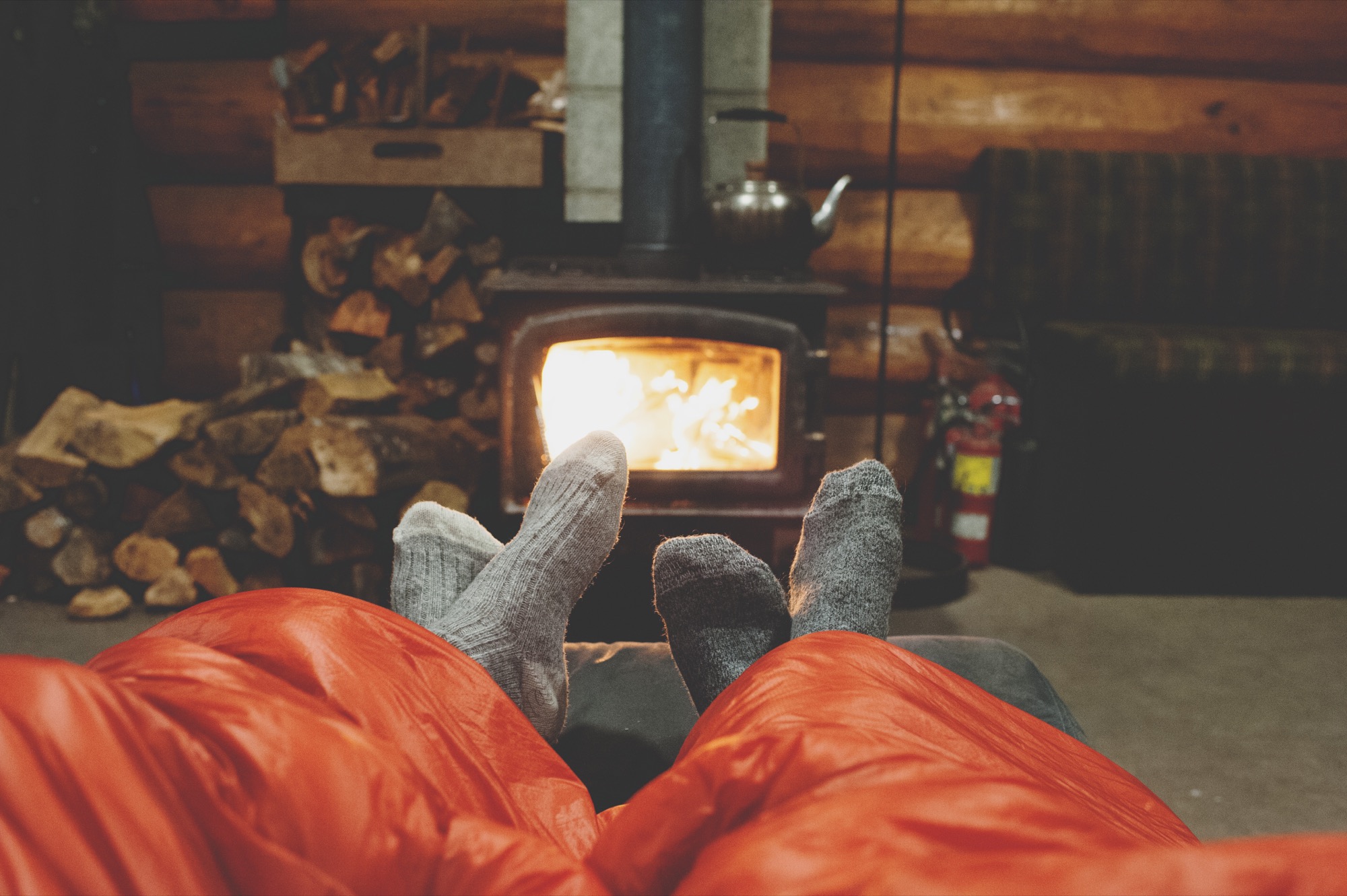
The San Francisco native studied environmental design at the University of Colorado Boulder and graduated in 2007 with an emphasis in architecture and business. Robinson stayed in Boulder, where he worked as a designer at Communication Arts for a couple of years, before returning to California to work for MKTG and later for Landor Associates. Today, the thirty-one year old lives at Ocean Beach in San Francisco with his fiancé.
Alpine Modern caught up with the entrepreneur to talk about the making the first Rumpls, what “home” means to the designer, and the little things in life that make him happy.
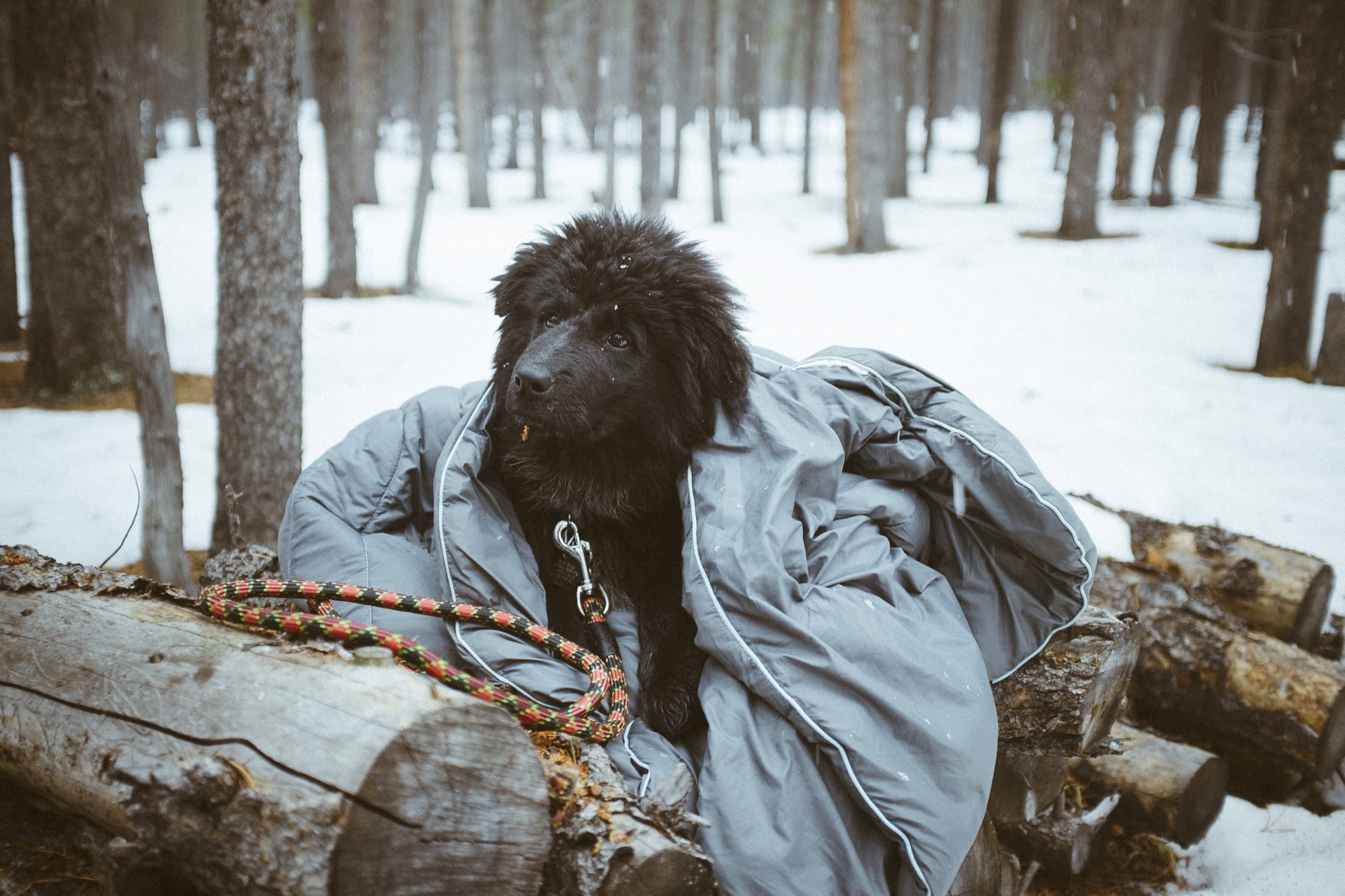
A conversation with Rumpl Founder Wylie Robinson
AM Who are you, in a nutshell?
WR I am an easily inspired creative person who loves the outdoors. I spend most of my time obsessing over my business while fantasizing about being in remote places with no internet. And one does not help the other!
AM Along your path, what experiences and encounters made you who you are today?
WR Growing up in San Francisco and living in Colorado for seven years was huge. In San Francisco, there is so much creative energy and entrepreneurship, and in Colorado there is such passion for healthy living and access to the outdoors. These places have both heavily influenced my personality. I’ve met so many people in both places who inspire me to carve my own path and blend my work with my hobbies.
AM What’s the story behind Rumpl?
WR The idea for Rumpl began with two dudes trapped in a frozen van. My friend Nick and I were on a surf trip down in San Diego in December 2012, when we got word of a big storm coming through Mammoth. We happened to have our ski gear with us, so we decided to head east into the Sierras for some early-season backcountry skiing. We camped out at some hot springs near Bishop, California, and woke up the next morning to a car that wouldn’t start. Too far from the main road and without cell phone service, we had to wait around for someone to show up at the hot springs, so we bundled up in our sleeping bags and started drinking whiskey.
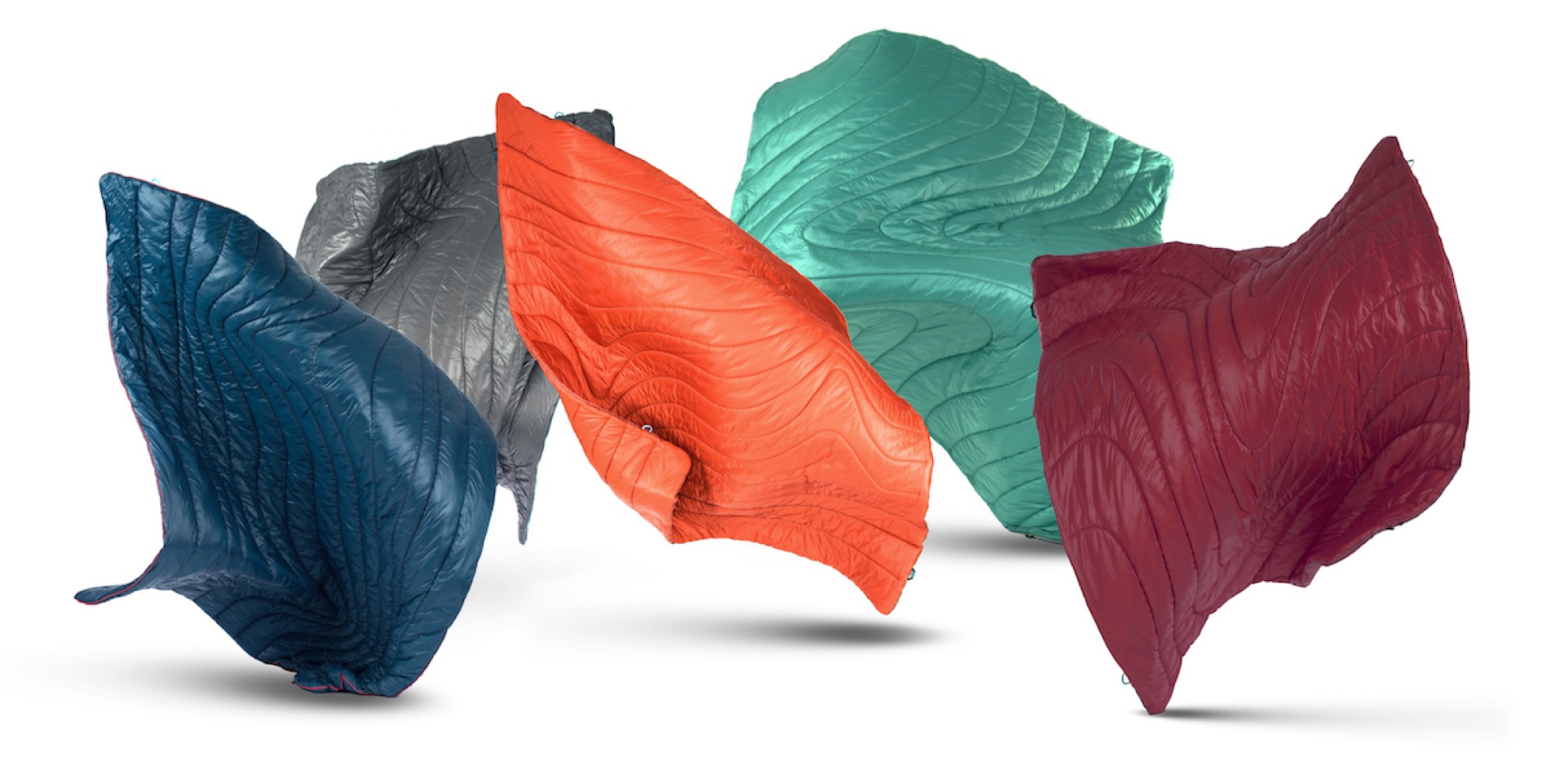
After several hours, the conversation turned to the unlikely subject of bedding. We both realized that we liked our sleeping bags more than our comforters back home. We decided that once we got out of our situation, we’d make “sleeping-bag blankets” to replace the comforters on our beds.
Once we got back to San Francisco, we met with a few friends who worked for companies like Mountain Hardwear, Patagonia, and Marmot to get more info about construction and material specs. They helped us pick materials and sew up our first blankets by hand. Still unsure if the idea was viable, we turned to Kickstarter, where we had a really successful crowdfunding campaign. That validated the idea and allowed us to quit our jobs to pursue Rumpl full-time.
“We decided that once we got out of our situation, we’d make ‘sleeping-bag blankets’ to replace the comforters on our beds.”
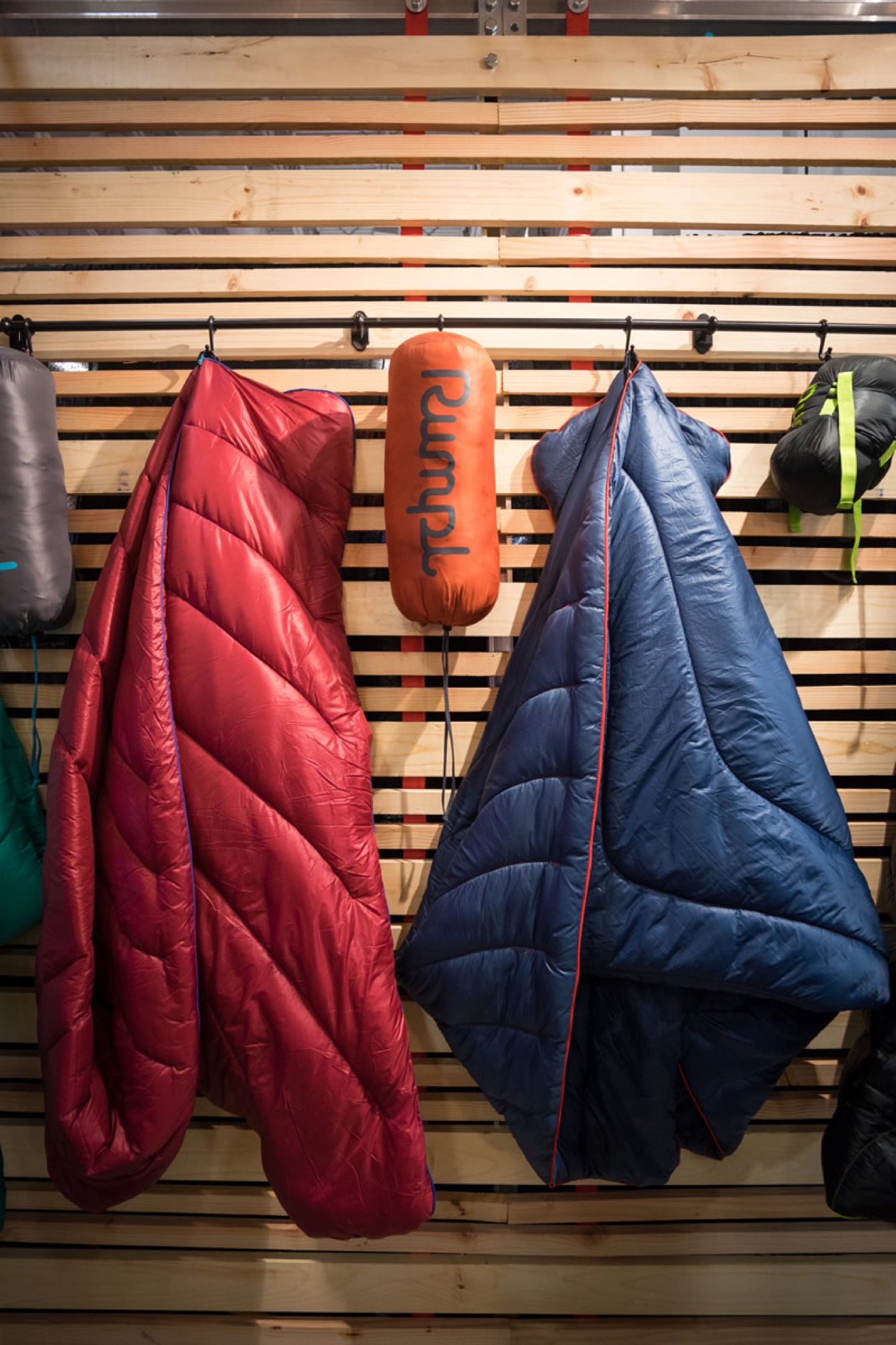
AM Why blankets, and why no other products?
WR More will come out of Rumpl that goes beyond blankets, but for now we’re just focusing on doing blankets really well and familiarizing people with our brand.
In general though, I think, consumers like and appreciate brands that focus on owning one thing. It sends a really clear message and makes every action by the brand intentional.
AM What’s the story behind the brand name?
WR It’s an onomatopoeia—“Rumpl” sounds like how the product behaves. You’d never neatly fold a Rumpl blanket, you just kinda crumple it up and stuff it in the stuff sack. We’ve also developed the word to mean a few things when spoken from our brand voice. “Rumpl” can be a noun, a verb, and an adjective… My Rumpl stays in my car, I rumpl under the stars, I keep my bed messy and rumpled.
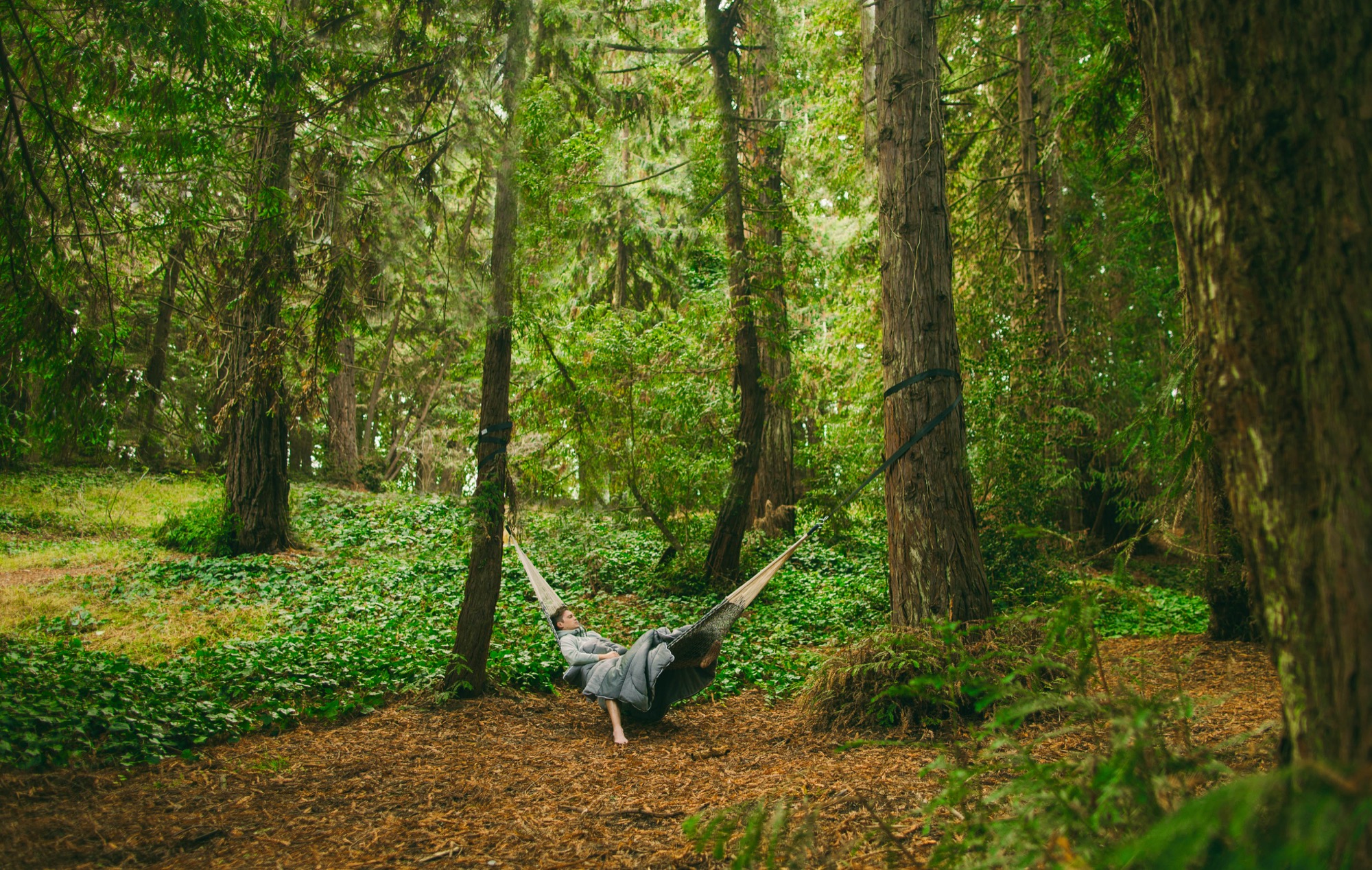
AM In what traditions are your modern products rooted?
WR The nostalgic feeling of cozy warmth that you’d find in a sleeping bag. We all know the feeling of being toasty warm in a sleeping bag, with just the tip of your nose poking out and feeling the chilly air. The tactile experience with Rumpl blankets takes you back to those moments outside, cuddled up under the stars.
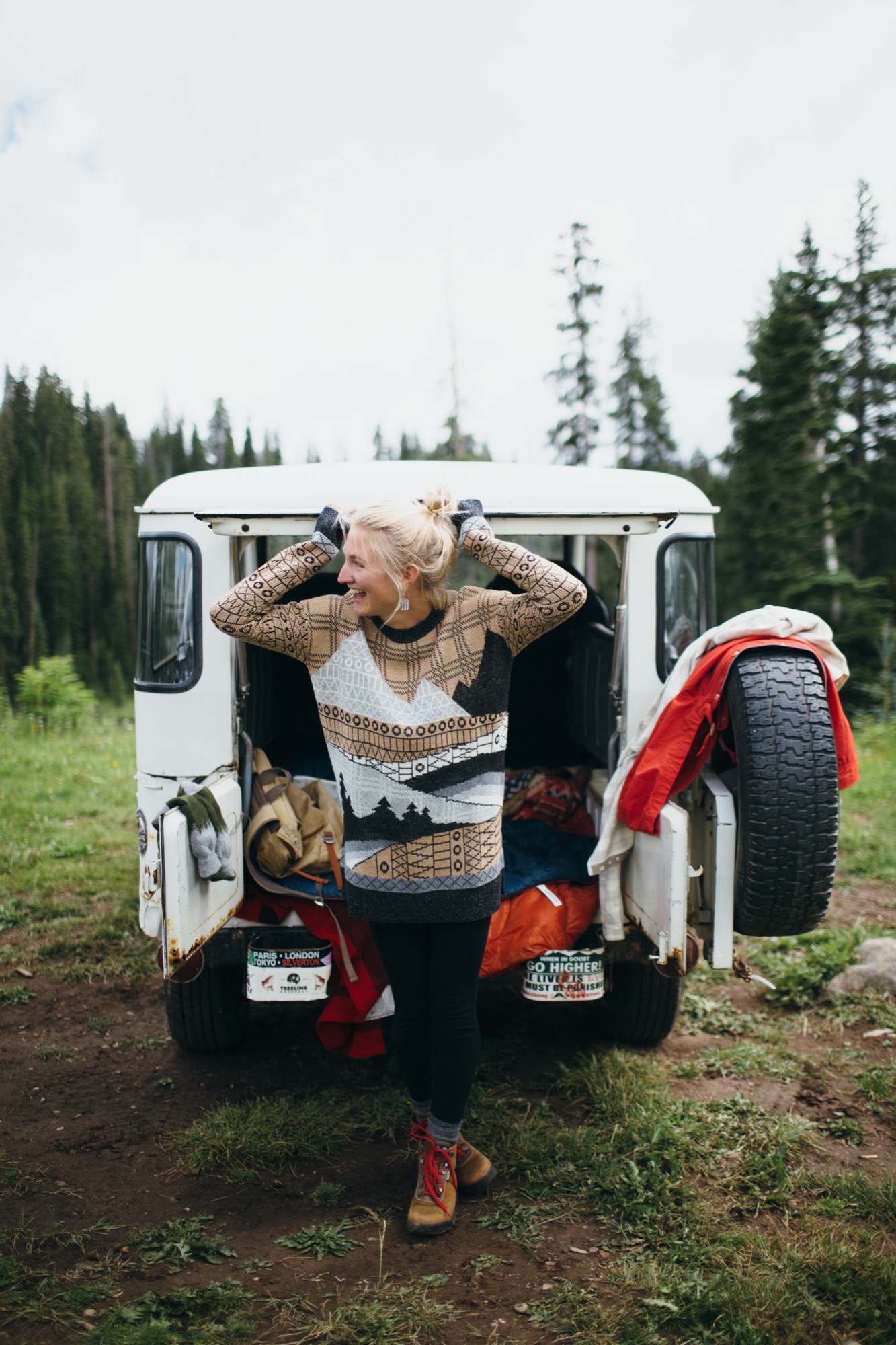
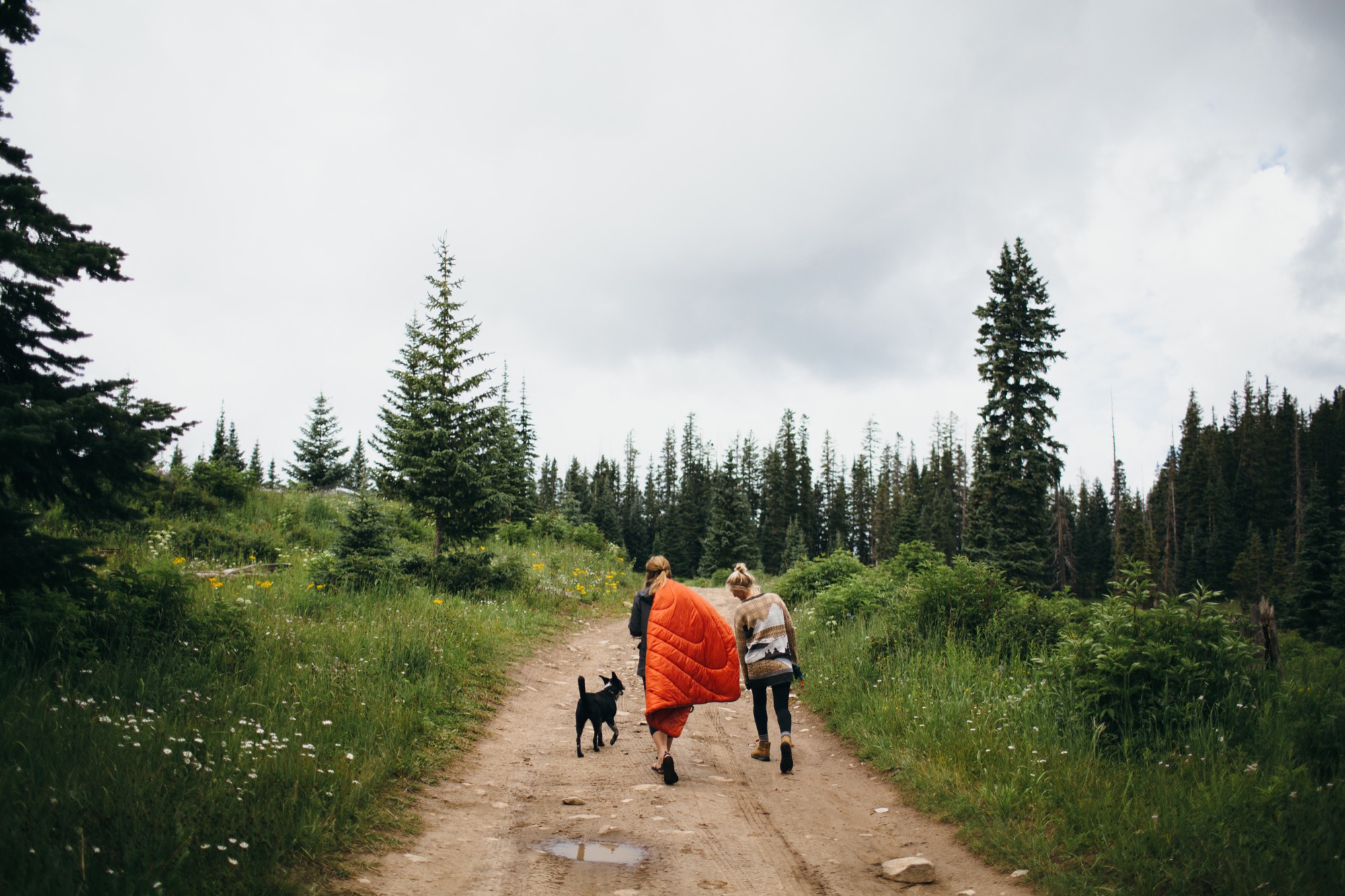
AM How do you choose and source your materials?
WR Beyond the nostalgic tactile factor, the materials work really well. We source a really nice insulation that was developed by our factory and regulates temperature perfectly, so you’re never too hot. The nylon shell is super durable and sheds water. The whole thing is machine-washable.
We have an amazing factory partner that sources materials from over 200 different mills in Asia. We’ve visited them in China a number of times and their facility is beautiful and spotless. Workers are treated very well, and everyone we spoke with was excited about working with us. We tell them what our goals are, and they find several materials that suit our needs. We narrow that down based on hand-feel and costing and move forward with the right tool for the job.
AM What makes Rumple alpine modern?
WR Rumpl is a modern take on everyday homewear as seen through the eyes of an outdoor enthusiast. We find inspiration from the gear we use to stay comfortable outside and apply the same design principles to our blankets. The whole project is a blend of equal parts alpine style, modern design, and lifestyle communication.
“The whole project is a blend of equal parts alpine style, modern design, and lifestyle communication.”
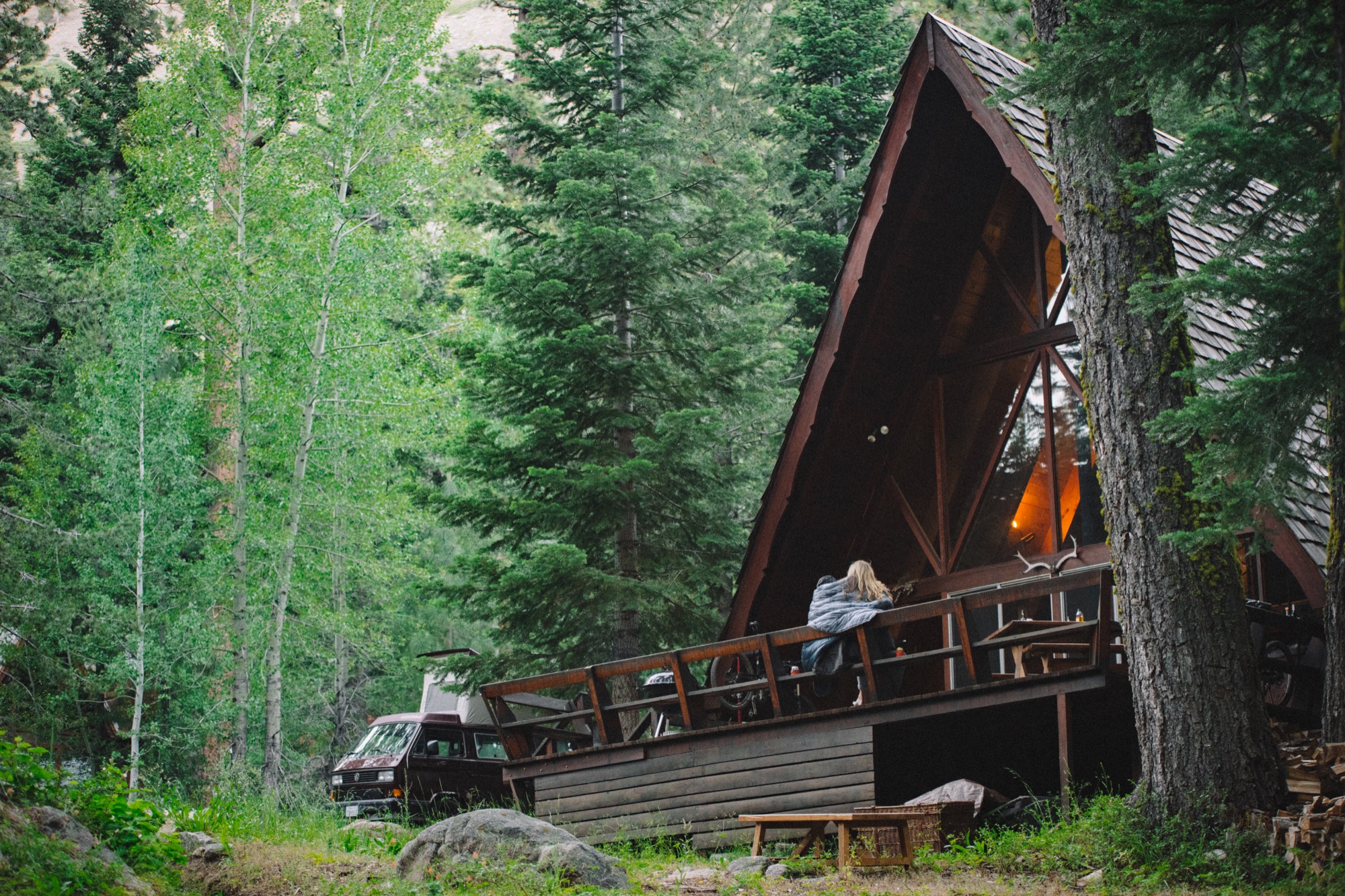
AM What makes you an outdoorsman at heart?
WR My simple love for being outside and connected to nature. I can get the feeling of interacting with nature from being just about anywhere. Whether I’m gardening in my yard in San Francisco or I’m twenty-five miles deep in the backcountry, I can still smell, taste, hear, and feel my surroundings, and that brings me joy.
AM What do you do when you’re in the mountains?
WR While I was in school at CU Boulder and working at CommArts in Boulder, I raced downhill mountain bikes pretty seriously. I raced on the school’s team and eventually raced in the pro category throughout the United States, so mountain biking is really close to my heart. I also camp, hike, ski, climb, and surf whenever possible.
AM What does quiet design mean to you?
Design that is so well done you don’t even notice it.
AM What’s your favorite place in the world, and why?
WR Whistler, British Columbia. The mountains are huge, the terrain is amazing, the town is so fun, the locals are super nice, and the overall vibe is so positive. It’s not the most exotic or distant place on Earth but the good energy is second to none.
AM What does “home” mean to you?
WR We talk about “home” all the time at Rumpl. To us, it’s a headspace, not a physical location. Home is where you’re comfortable. Whether that’s indoors sitting in a comfy chair with a cup of coffee, sticking your toes out the back of a van on the side of a desolate road overlooking an expansive valley, or deep in the backcountry rested up on a rock next to a campfire, it’s where you feel comfortable, relaxed, and safe.
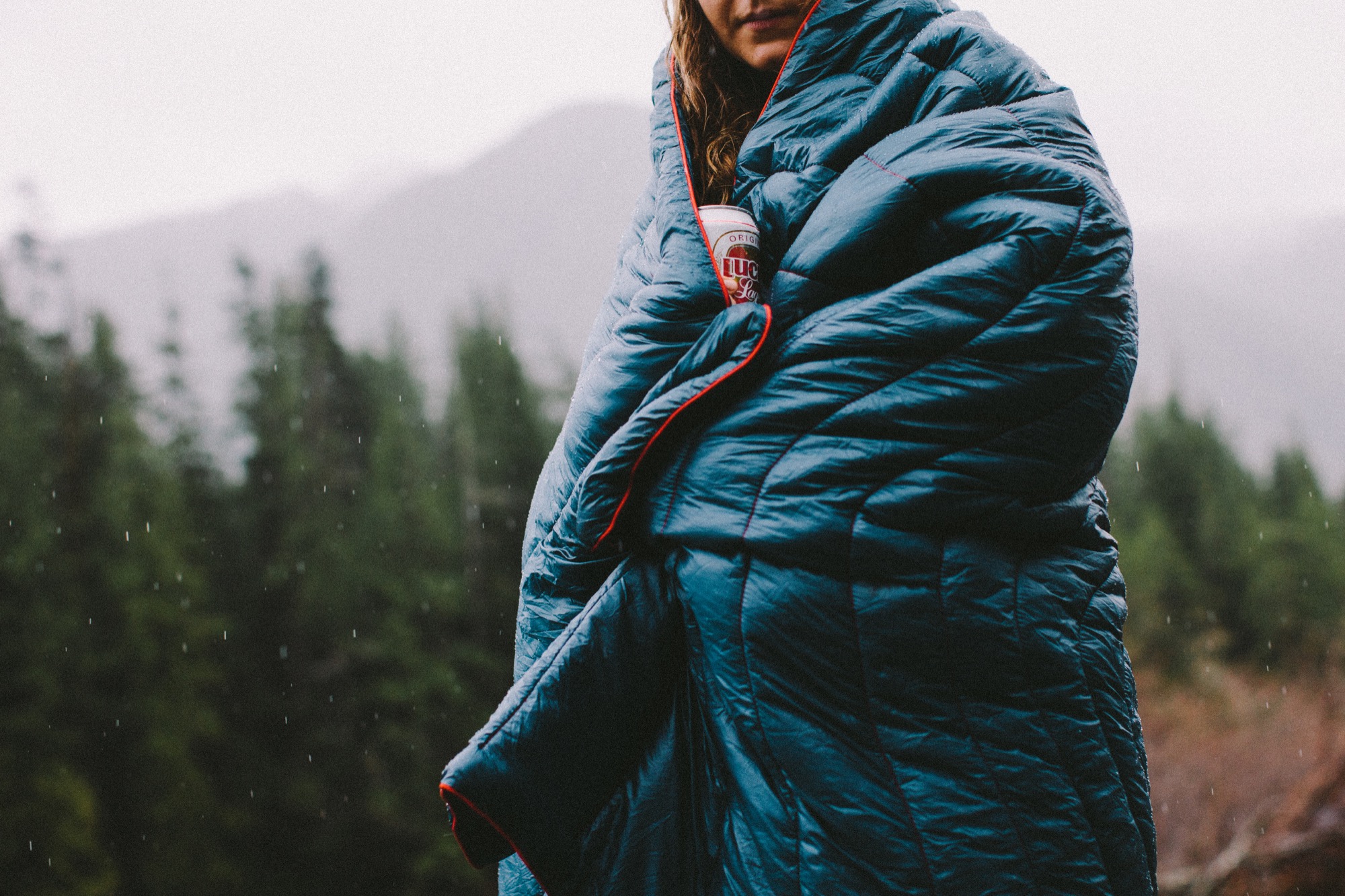
AM What’s most important to you in life?
WR Trying to stay balanced between working and taking time away from my desk. It’s really tough for me because I can get pretty obsessed with what I’m working on—but I’m improving. That and surrounding myself with good people who energize me.
AM What makes you happy?
WR Lots of little things… My fiancé’s dimples, being alone on my bike in the mountains, a cold beer after a surf, a hot cup of coffee on a wintery morning. Generally speaking, very small things make me happy.
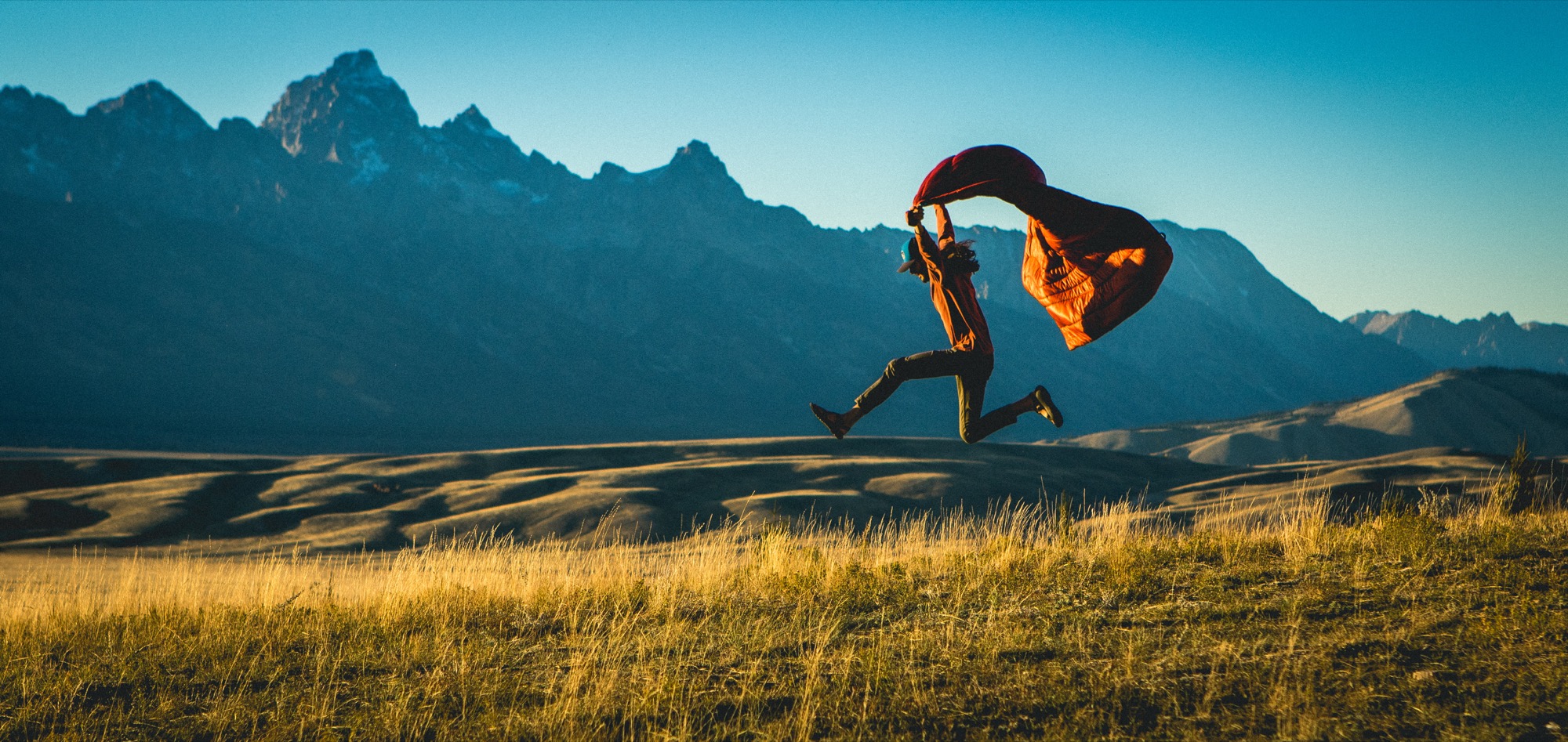
AM Who is your design icon, and what do you admire about her/him?
WR Tim Brown of IDEO is pretty inspiring to me. Before learning his interpretation of the creative process I thought it was bad to let ideas flow off-track. He made me realize that’s OK—to let your mind wander in directions that may not perfectly relate to the problem you’re trying to solve. A tangential train of thought will still teach you something that can be used to better inform the final solution. I recommend his book Change By Design to any young designer or entrepreneur.
AM What are you working on these days?
WR Rumpl keeps me busy 24/7. There’s just so much to do at a small company with limited resources. Specifically though my biggest goal for 2017 is to make the company more automated and scheduled. Right now we’re shooting from the hip in a lot of ways and I want to set clearer goals and work off a more defined calendar. That means saying no to a lot of opportunities and only focusing on the main objectives. It’s tough to say no to great opportunities but in order to grow up, every company needs to do that. △

